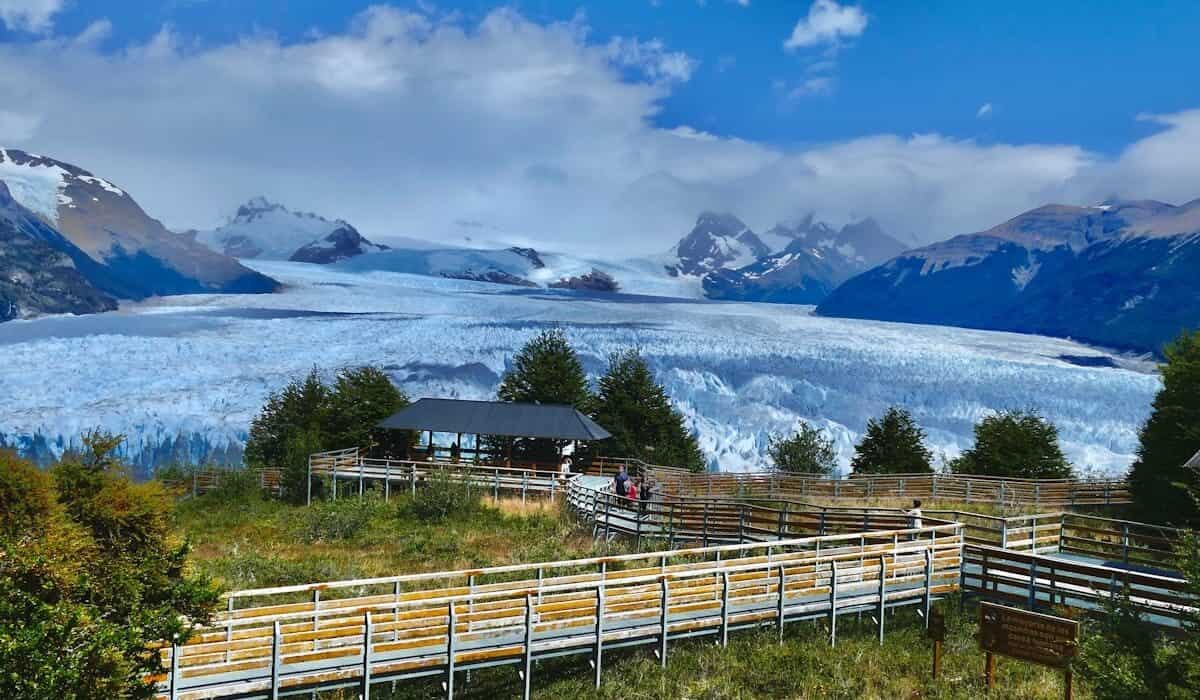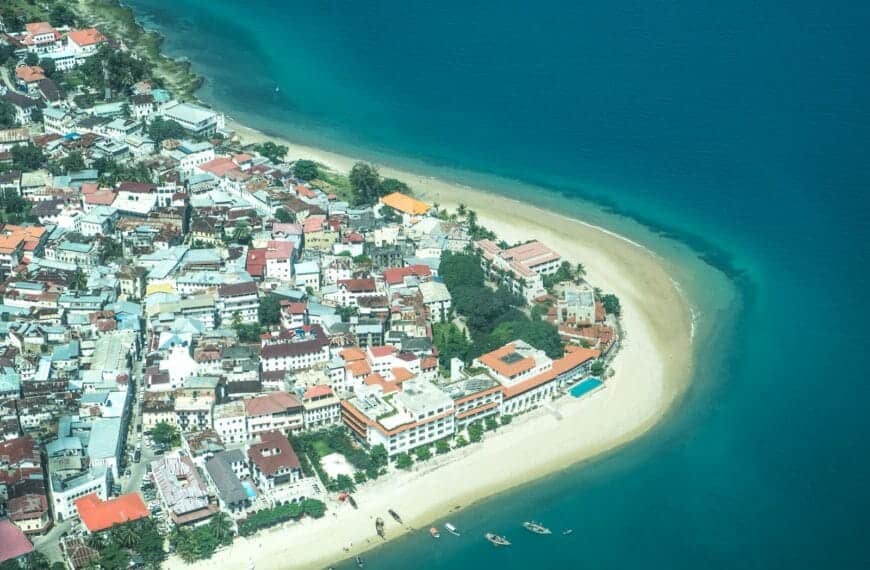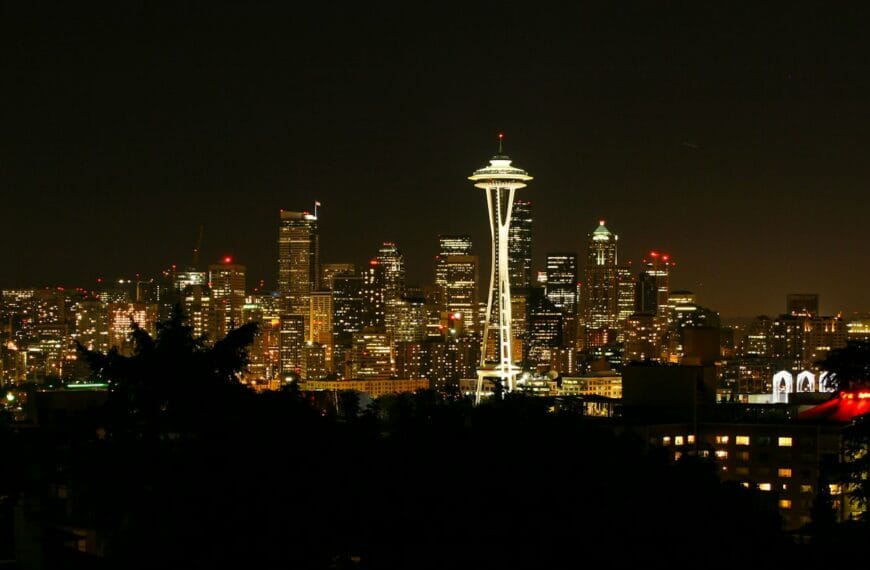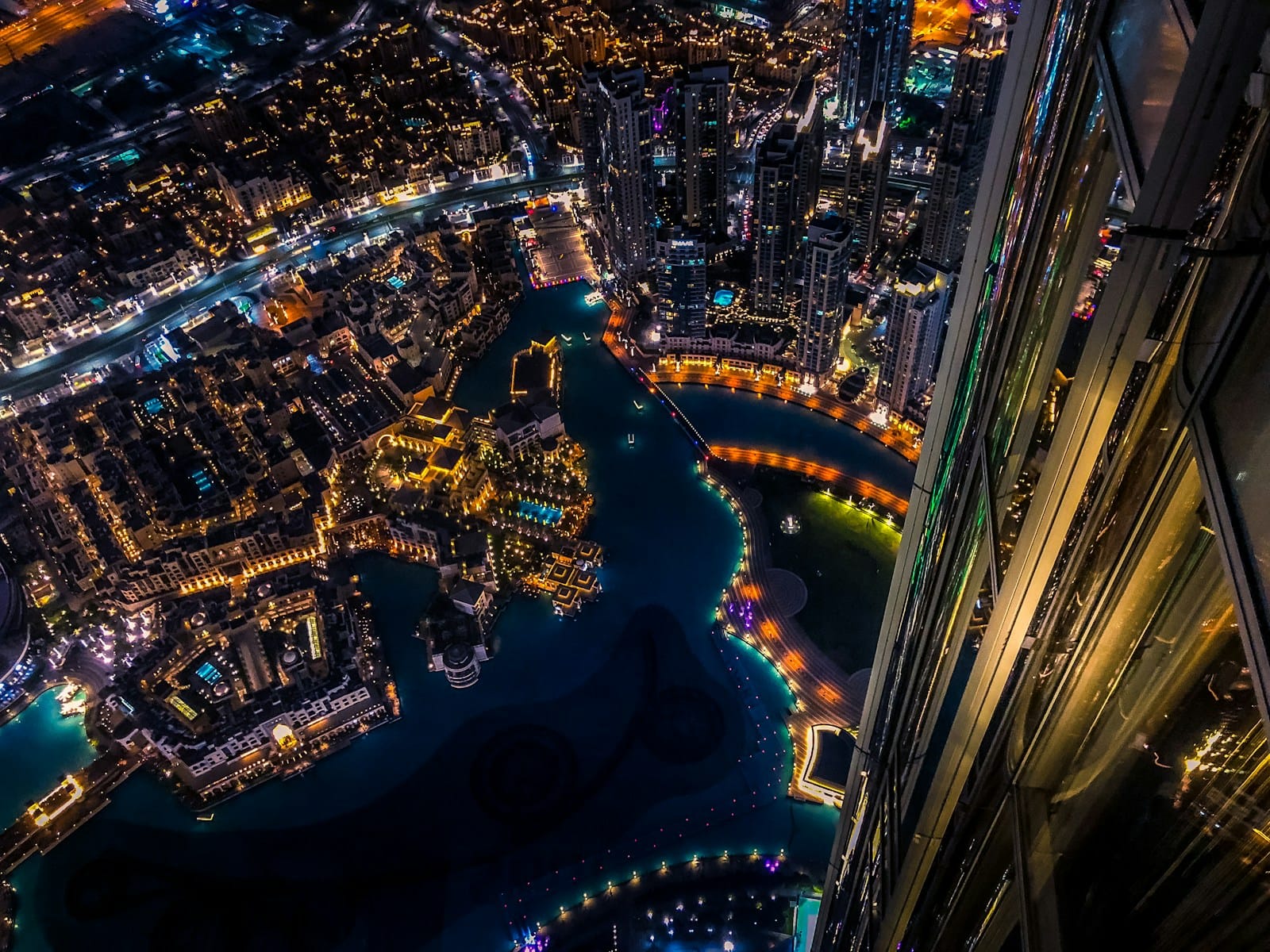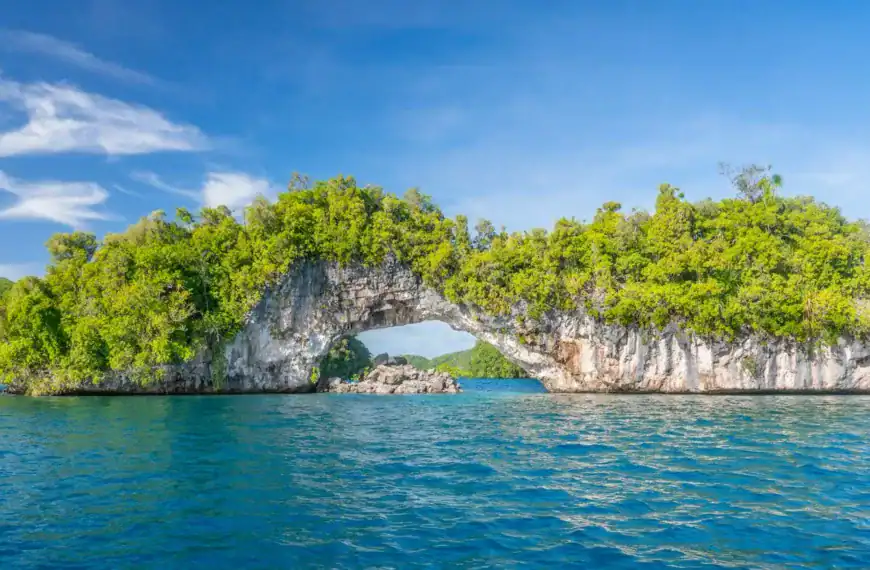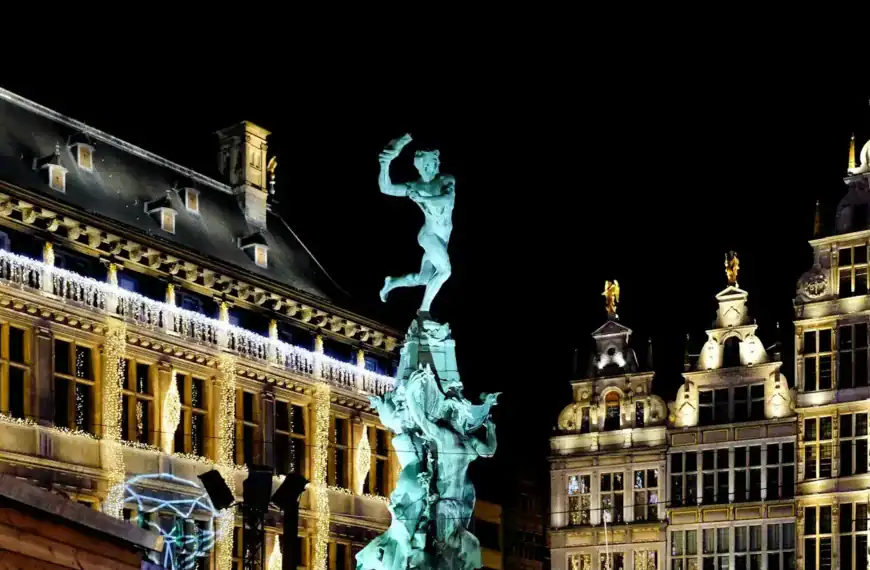Argentina Travel Guide: Thrill Your Senses in South America
Start planning your trip with our complete Argentina Travel Guide — your gateway to thundering waterfalls, sizzling tango nights, glacier treks, Andean wines, and vibrant cities stretching from Patagonia to the Pampas.
Intro to Argentina Travel Guide
Start planning your journey with our complete Argentina Tour Guide — a vast, thrilling country where gaucho traditions meet cosmopolitan flair, and nature unfolds on an epic scale. From the frozen frontiers of Patagonia to the sultry streets of Buenos Aires, Argentina offers travelers a multi-sensory experience that’s equal parts bold, refined, and unforgettable.
💡Quick Facts:
Destination: Argentina
Continent: South America
Country: Argentina
Administrative Division: 23 provinces + 1 autonomous city (Buenos Aires)
Area: 2,780,400 km² (1,073,518 mi²)
Population: ~46.2 million (2024 est.)
Density: ~17 people/km²
Capital: Buenos Aires
Regions/Subregions: Patagonia, Pampas, Cuyo, Northwest, Northeast, Greater Buenos Aires
Official & Regional Languages: Spanish (official); Italian, German, Guaraní (regional/minority)
Currency: Argentine Peso (ARS)
Time Zone(s): UTC−3 (Argentina Time)
Airports: Ezeiza International (EZE), Aeroparque Jorge Newbery (AEP), Córdoba (COR), Mendoza (MDZ), Bariloche (BRC)
Climate: Ranges from subtropical in the north to subpolar in the south
Known For: Iguazú Falls, tango, Patagonia, Andes Mountains, Mendoza wine, Perito Moreno Glacier, Buenos Aires culture
🛂Arrival Info:
– Most EU, US, UK, Canadian, Australian, and New Zealand passport holders can enter visa-free for up to 90 days
– Visa-on-arrival is not available
– ETA not required for major visa-free nationalities
– Maximum tourist stay: 90 days (extendable once from within Argentina)
– Visa portal – Dirección Nacional de Migraciones
– Customs and Immigration Info
💉Health Info:
– Recommended vaccines: Hepatitis A & B, Typhoid, Rabies (for extended rural travel), Yellow Fever (for northern jungle regions)
– Mosquito-borne illnesses (e.g., dengue, chikungunya) present in the north during summer
– High-quality hospitals in Buenos Aires, Córdoba, Mendoza
– Traveler clinics: Hospital Alemán, Hospital Italiano (Buenos Aires)
– Rural access may be limited; travel insurance highly recommended
– Emergency services available in major cities via ambulance (107)
✅ Check travel insurance options for travel emergencies, delays, and medical needs abroad — Get coverage here
✅ Stay Informed with Official Updates: WHO – International Travel & Health | CDC – Travel health updates
🚨Travel Advisory:
– Protests and strikes are common in major cities; monitor local news
– Pickpocketing and petty theft in urban areas (esp. Buenos Aires)
– Exercise caution in border regions with Bolivia and Paraguay
– LGBTQ+ travelers generally safe, particularly in Buenos Aires and larger cities
– Political protests occur but are usually non-violent; avoid demonstrations
✅ Stay Informed with Official Updates: US Travel Advisory | UK Foreign Travel Advice
📅Holidays:
– January 1: New Year’s Day – national closure
– March 24: Day of Remembrance for Truth and Justice
– July 9: Independence Day
– December 8: Immaculate Conception Day
– December 25: Christmas
– Carnival (February/March): Two-day public holiday with parades
– Local holidays and regional festivals vary by province
💰Visitor Info:
– Currency: Argentine Peso (ARS); inflation may cause daily rate fluctuations
– Credit cards accepted in major cities, but cash is king in rural areas
– ATMs available but may have withdrawal limits; bring USD or EUR as backup
– Tipping: 10% at restaurants is customary
– Tourist tax in Buenos Aires (approx. ARS 300–400/night for foreigners)
– Budget range:
– Budget: $30–50 USD/day
– Midrange: $60–120 USD/day
– Luxury: $150+ USD/day
✈️Airports:
– Ezeiza International Airport (EZE) – Main international hub (Buenos Aires)
– Aeroparque Jorge Newbery (AEP) – Domestic/regional flights near Buenos Aires center
– Córdoba (COR) – Major secondary hub
– Mendoza (MDZ) – Gateway to wine country
– Bariloche (BRC) – Access to Patagonia
– El Calafate (FTE)
– Most airports served by Aerolíneas Argentinas, LATAM, JetSMART
– Public transport, shuttle buses, and taxis serve all major airports
✅ Delayed or canceled flight? Check if you’re eligible for compensation
🚍Transport:
– Buenos Aires has metro (Subte), buses, and taxis; SUBE card used for transit
– Intercity: Long-distance buses are reliable and widespread
– Trains limited to a few regional lines (e.g., Buenos Aires to Rosario, Mar del Plata)
– Domestic flights useful due to long distances (esp. Patagonia)
– Uber operates in major cities (semi-legal status); Cabify also available
– Driving: Right-hand side; IDP recommended; long-distance driving common but roads vary
– Watch for unlicensed taxis and note ongoing transport strikes in some cities
✅ Book reliable airport transfers and in-city rides in advance. Reserve your ride here
📶Connectivity:
– Local SIM cards from Movistar, Claro, Personal available at kiosks, malls, airports
– eSIM supported by major carriers
– Mobile coverage strong in cities, weaker in Patagonia and mountain areas
– Free Wi-Fi available in cafes, hostels, airports, and many public squares
– Internet cafes still found in smaller towns; 4G widely available in urban zones
✅ Stay connected abroad with affordable eSIM data packs. Get your eSIM here
📜Laws & Etiquette:
– Legal drinking age: 18; smoking restricted in public indoor spaces
– LGBTQ+ rights well-protected; Buenos Aires hosts Latin America’s largest Pride
– Public affection is common; casual dress is acceptable, even in churches
– Greetings involve a cheek kiss among locals
– Tipping is customary in restaurants and taxis (round up or 10%)
– Be respectful in indigenous areas and remote communities
– Avoid political discussion during protests or heated moments
🛡️Emergency Info:
– Emergency numbers: Police (911), Ambulance (107), Fire (100)
– Tourist Police available in Buenos Aires (near Retiro Station)
– Hospital Italiano 24/7 international desk (Buenos Aires)
– Check local travel helplines before venturing into remote areas
✅ Use embassy locator tools: Embassies Worldwide
🌦️Weather:
– Northern regions: Subtropical (hot, humid summers; mild winters)
– Central Argentina: Temperate (hot summers, cool winters)
– Patagonia: Cool summers, cold/windy winters; snow common
– Best time to visit: October–April for Patagonia; March–May or Sept–Nov for Buenos Aires
– Rainiest months: January–March in the north; May–June in the south
✅ Stay prepared—check the weather forecast for your destination — Weather Forecast
Argentina by Region – Where to Go
Argentina is best explored region by region — each offers a distinct blend of culture, landscape, and adventure.
Buenos Aires & Pampas
The capital is a world unto itself: elegant, electric, and deeply cultural. Neighborhoods like Palermo, San Telmo, and Recoleta reveal European-style architecture, steakhouses, tango clubs, and sprawling urban parks. Beyond lies the Pampas, the rural heartland of gaucho life and cattle ranches.
Patagonia (South)
A land of ice fields, glaciers, and wind-swept mountains. Explore El Calafate (gateway to Perito Moreno Glacier), hike in El Chaltén, or go wildlife watching in Puerto Madryn — home to penguins and whales. Ushuaia, the world’s southernmost city, is the launching point for Antarctic cruises.
Cuyo (Mendoza & San Juan)
This sun-drenched wine region is framed by the Andes and offers vineyard tours, mountain hikes, and laid-back stays. Mendoza is Argentina’s wine capital, known for Malbec and adventure sports like rafting and paragliding.
Northwest (Salta & Jujuy)
Home to colonial towns, red rock canyons, and vibrant indigenous cultures. Salta offers Andean charm and folk music; Purmamarca is famous for the Seven Colors Hill and surreal high-altitude landscapes like the Salinas Grandes salt flats.
Northeast (Iguazú & Misiones)
Lush rainforest meets power and beauty at Iguazú Falls, a UNESCO site with over 250 cascades. The surrounding region features tropical wildlife, Jesuit ruins, and Yerba Mate culture.
Lake District (Bariloche & Neuquén)
Think Swiss-style lakeside towns, chocolate shops, and hiking trails through alpine forests. Bariloche is a favorite for trekking, skiing, and scenic drives like the Ruta de los Siete Lagos.
Top Places to Visit in Argentina
Cultural Capitals
- Buenos Aires: Grand avenues, tango shows, and Latin elegance.
- Salta: Andean tradition with colonial charm and strong Quechua influences.
Natural Wonders
- Iguazú Falls: Jaw-dropping waterfalls surrounded by rainforest.
- Perito Moreno Glacier: One of the world’s only advancing glaciers.
- Mount Fitz Roy: An iconic trekking destination in El Chaltén.
Wine & Countryside
- Mendoza: Vineyards with Andean backdrops.
- Cafayate: High-altitude Torrontés wine and desert scenery.
Offbeat Adventures
- Ushuaia: The “End of the World” — gateway to Tierra del Fuego.
- Quebrada de Humahuaca: Colorful canyon landscapes and ancient trade routes.
How to Choose Where to Go in Argentina
For urban culture, spend 4–5 days in Buenos Aires. To immerse in wine and mountain life, head to Mendoza or Salta.
If chasing natural drama, go south: Patagonia offers glaciers, wildlife, and rugged beauty. For lush landscapes and rainforest, Iguazú and the northeast make an ideal add-on.
Efficient Pairings:
- Buenos Aires + Mendoza + Iguazú (classic 10-day intro)
- Patagonia loop: El Calafate + El Chaltén + Ushuaia
- Northwest Andes: Salta + Jujuy + Cafayate
How to Get Around Argentina
Domestic Flights
Due to Argentina’s vast distances, flying is efficient and often essential. Popular routes: Buenos Aires to Mendoza, Bariloche, Salta, Ushuaia.
Long-Distance Buses
Comfortable overnight buses (called “cama” or “semi-cama”) connect cities. Ideal for budget travelers or scenic journeys.
Trains
Limited service outside Buenos Aires; mostly used for suburban routes.
Car Rentals
Useful in Patagonia, Mendoza, or the northwest — where scenic drives are part of the experience.
Apps & Local Transport
Use apps like Cabify or Didi in Buenos Aires. Taxis are common and metered. In rural zones, pre-arranged transfers are best.
Travel Budget & Costs in Argentina
| Travel Style | Daily Cost Estimate |
|---|---|
| Budget | $30–60 USD |
| Mid-range | $70–150 USD |
| Luxury | $180+ USD |
Sample Prices
- Steak dinner: $12–20 USD
- Domestic flight: $60–120 USD one-way
- Intercity bus (overnight): $25–60 USD
- Hostel: $10–25 USD
- Boutique hotel: $60–100 USD/night
Money Tips:
- Bring USD cash and exchange at favorable “blue rate” casas de cambio.
- Use Western Union for great exchange rates via app pickup.
- ATMs have low withdrawal limits and high fees — avoid if possible.
Best Time to Visit Argentina
Summer (Dec–Feb):
Best for Patagonia and lakes — long days, warmer weather. Buenos Aires can be hot and humid.
Fall (Mar–May):
Wine harvest season in Mendoza. Fewer crowds, pleasant temps.
Winter (Jun–Aug):
Great for skiing in Bariloche. Good time to explore warmer regions like Salta and the northwest.
Spring (Sep–Nov):
Ideal for Buenos Aires and Iguazú Falls — mild temps, blooming jacarandas.
Must-See Experiences in Argentina
- Tango the night away in a traditional milonga or dinner show in Buenos Aires.
- Trek to Laguna de los Tres in El Chaltén for a close-up of Fitz Roy’s spires.
- Marvel at Iguazú Falls from both the Argentine and Brazilian sides.
- Indulge in a Malbec tasting at a Mendoza vineyard with Andean views.
- Watch glaciers calve into icy waters at Perito Moreno Glacier.
- Cross Tierra del Fuego National Park via hiking trails and mountain trains.
- Ride with gauchos on a horseback adventure through the Pampas.
- Join Salta’s folk music nights and drink wine under adobe skies.
Book immersive Argentina tours and experience unforgettable things to do in Argentina — from tango halls and glacier treks to rainforest safaris and wine country tastings.
Best Travel Itineraries in Argentina
10-Day Classic Argentina Loop
- Days 1–3: Buenos Aires (Recoleta, La Boca, tango show)
- Days 4–6: Mendoza (vineyards, Andes excursions)
- Days 7–10: Iguazú Falls (Devil’s Throat, jungle trails)
2-Week Patagonia Explorer
- Days 1–2: Buenos Aires arrival + brief city tour
- Days 3–6: El Calafate (Perito Moreno, Estancia tour)
- Days 7–9: El Chaltén (Fitz Roy hikes)
- Days 10–14: Ushuaia (boat tours, national park, penguins)
Northwest & Culture Circuit
- Days 1–2: Buenos Aires
- Days 3–6: Salta (city, Cachi, Cafayate)
- Days 7–9: Jujuy (Purmamarca, Tilcara, Salinas Grandes)
- Days 10–12: Fly back to Buenos Aires for farewell
Local Cuisine & Culinary Experiences
Must-Try Dishes
- Asado: Argentine BBQ with ribs, chorizo, and chimichurri.
- Empanadas: Stuffed pastry pockets — try Salteñas from the north.
- Milanesa: Breaded cutlet, often topped with ham and cheese.
- Provoleta: Grilled provolone cheese with herbs.
- Dulce de leche: Sweet caramel spread used in desserts.
Drinks to Know
- Malbec: Signature red wine of Mendoza.
- Fernet and Coke: Quirky national cocktail.
- Yerba Mate: Shared herbal drink sipped from a gourd.
Culinary Highlights
- San Telmo Food Markets: Taste everything from grilled meats to artisanal cheeses.
- Mendoza Wine Tours: Bike or bus through Malbec country.
- Patagonian Lamb Feasts: Try slow-roasted lamb in Bariloche or El Calafate.
Taste your way through Argentina with food tours, market tastings, and vineyard lunches under the Andes.
Travel Safety & Cultural Etiquette in Argentina
Safety Tips
- Argentina is safe for tourists, but petty theft can occur in urban areas — keep valuables close.
- Be alert in transport terminals and crowded areas like La Boca.
- Political protests are common but generally peaceful — avoid large gatherings.
Etiquette
- Greet with a single cheek kiss (yes, even between men).
- Dress smart-casual in cities; jeans and sneakers are fine but neatness matters.
- Share yerba mate respectfully — don’t stir the straw or refuse the first round.
Health & Hygiene
- Tap water is safe in most cities.
- Carry sunscreen — high UV, especially in the south.
- Mosquito repellent is useful in subtropical areas like Iguazú.
Where to Go Next – Pair Argentina with These Destinations
- Chile: Seamless access from Patagonia or Mendoza, with shared Andes treks and vibrant cities like Santiago and Valparaíso.
- Uruguay: Quick ferry from Buenos Aires to Colonia or Montevideo — a perfect coastal add-on.
- Bolivia: Ideal if you’re heading from the northwest — connect via Jujuy or Salta to Uyuni.
- Brazil: Iguazú Falls connects directly to Rio or São Paulo via nearby airports.
Explore more:
- Chile Travel Guide
- Uruguay Travel Guide
- Brazil Travel Guide
- Bolivia Travel Guide
Final Planning Checklist for Argentina
- Decide on region pairings: city + nature or north + south
- Book domestic flights early for Patagonia or Iguazú routes
- Reserve accommodations, tours, and tango shows in peak season
- Download transport apps and offline maps (especially for remote regions)
- Check passport validity, visa policy (most tourists get 90 days visa-free)
- Carry USD for cash exchange at the blue rate
- Pack layers — Argentina spans multiple climates
- Understand local customs, tipping norms, and greetings
Explore Argentina with confidence using our trusted tips, local insights, and region-by-region planning tools.
For more expert travel tips, practical strategies, and trusted tools — visit our Homepage and get inspired for your next trip.

